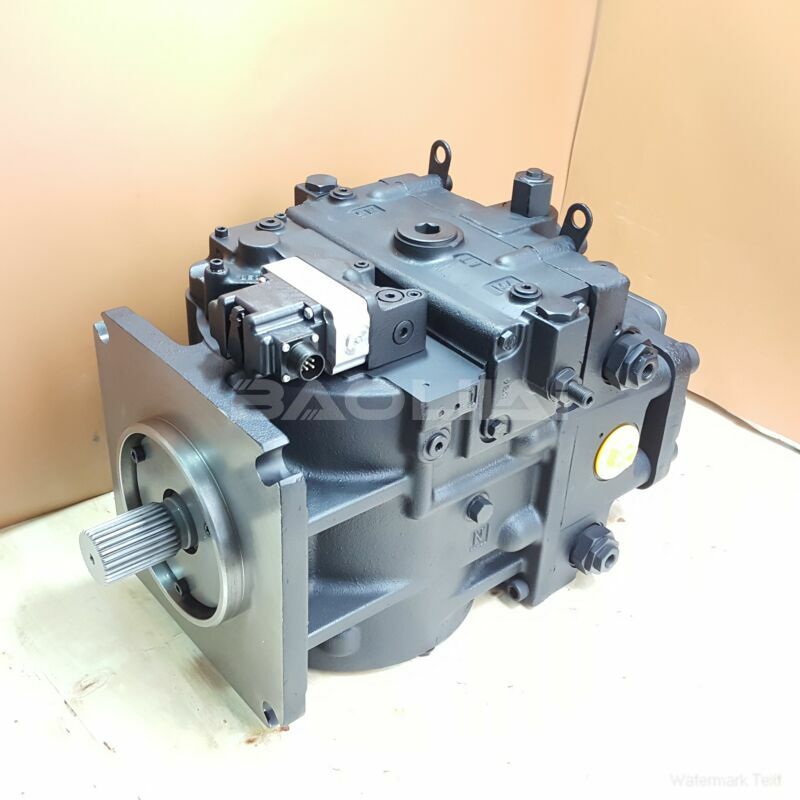90R100KP1BC80S3S1E03GBA353524 piston pump
90R100KP1BC80S3S1E03GBA353524 piston pump

- Product Details
- Applicable Scene
As the world faces escalating environmental challenges, the quest for sustainable technologies continues to gain momentum. Among the myriad of innovations in this field, plunger pumps have emerged as essential components in green environmental technologies. Their efficiency, reliability, and versatility position them at the forefront of sustainable practices in various industrial applications.
90-R-100-KP-1-BC-80-S-3-S1-E-03-GBA-35-35-24
90R100KP1BC80S3S1E03GBA353524
Plunger pumps operate on a simple yet effective mechanism: a plunger moves back and forth within a cylinder, drawing in liquid and then forcing it out under pressure. This basic principle allows them to handle a variety of fluids, including those that are abrasive or corrosive. In green technologies, this adaptability has significant implications. As industries move away from traditional practices, the demand for pumps capable of handling environmentally friendly materials, like biofuels and recycled water, is increasingly relevant.

80002421
One of the primary benefits of plunger pumps in sustainable applications is their energy efficiency. These pumps can achieve high pressure with lower energy consumption compared to other pump types. This reduction in energy demand directly contributes to lower carbon footprints, aligning with global efforts to reduce greenhouse gas emissions. Additionally, advancements in materials and technology have allowed for the development of plunger pumps that are not only efficient but also require fewer resources for construction and maintenance.
Plunger pumps also play a critical role in wastewater treatment processes, which are vital for environmental sustainability. As urban areas grow, the need for effective wastewater management becomes ever more pressing. Plunger pumps are capable of moving large volumes of wastewater quickly and efficiently, helping municipalities process waste more effectively. This efficiency not only preserves water resources but also reduces the risk of pollution entering natural bodies of water.





